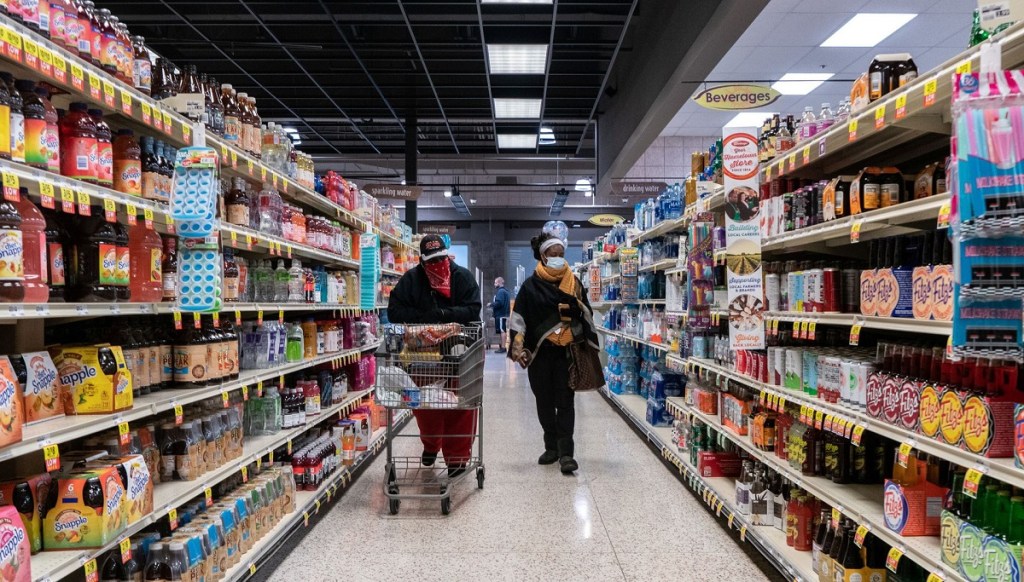A fall in input prices linked to crude oil as well as palm oil has prompted fast-moving consumer goods (FMCG) companies to step up investments in advertising and sales promotions, sector analysts and companies say.
Brent crude and palm oil, both used by the FMCG companies, have fallen nearly 8% and 10%, respectively, over the last three months, data compiled by FE Research Bureau shows. The impact of this will show up in gross margins, say sector experts, which is expected to improve by 100-200 basis points in the June quarter versus the year-ago period. The trend of lower commodity prices is also expected to stay for some time, implying that gross margins will improve further in the months ahead, analysts said.
“Most of the key commodities used by FMCG companies are off their peaks when compared to the year-ago period. The trend has been visible for the last three to six months. But, typically, gains in the FMCG sector show up with a lag, which is why promotional and brand-building intensity will increase now as the festive season nears,” says Sachin Bobade, vice-president, research, Dolat Capital, a Mumbai-based brokerage.
Those signs are becoming apparent now with companies like Hindustan Unilever (HUL) slashing the prices of soaps, detergents and shampoos by at least 5-10% in recent weeks, according to FMCG trade sources. Companies such as Godrej Consumer and Procter & Gamble are expected to follow suit, as HUL, the leading FMCG company, cuts prices in personal care and laundry. Advertising intensity on television and digital media is also beginning to grow as FMCG firms fight for brand recall.
“The second half of the year should be stronger from a consumption point of view, backed by lower commodity costs as well as a rural revival,” says Mohit Malhotra, CEO, Dabur India. “Companies will look to aid this demand-led revival by building brand recall and saliency. This could play out in terms of greater advertising intensity as well as price cuts and grammage increases on the ground,” he said.
In foods, for instance, companies such as Parle Products have gone in for price cuts of about 8-10% in large packs and grammage increases in small packs, Mayank Shah, senior category head, Parle Products, said. This is even as milk prices have remained firm over the last few months and the price of barley has seen only a marginal drop of about 1.41% in the last three months and about 3.25% year-to-date. In the last one year, barley prices have fallen by 15.70%, data from FE Research Bureau shows.
“Urban consumption has been steady while rural is bouncing back,” says Shah. “Food companies have been quick to seize the opportunity by cutting prices or increasing grammage,” he adds.
FMCG companies derive over a third of their sales from rural areas, so keeping that purchasing power in mind is key for growth, says Nielsen. The market insights agency says that FY24 will see rural growth bounce back led by lower inflation as well as pent-up demand.
